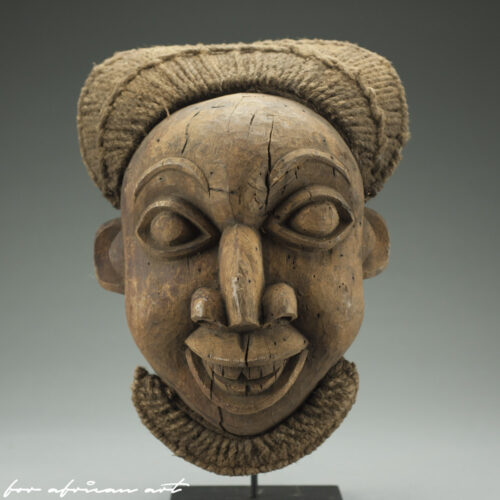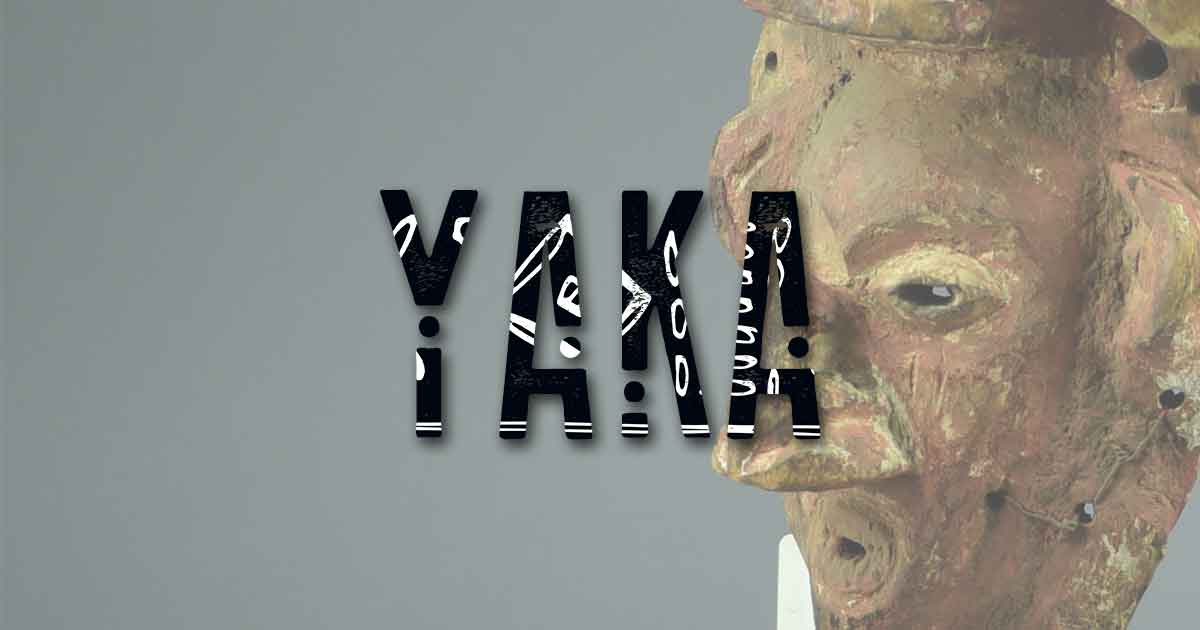Bamun People
Bamun People
Discovering the Rich Culture, History, and Art of the Bamun People
The Bamun people of Cameroon have a rich and diverse culture that has been preserved and celebrated through their art, history, and traditions. For centuries, their crafts have been admired and admired by art collectors worldwide, but little is still known about their cultural significance and history. In this blog post, we will delve into the world of the Bamun people, exploring their art, culture, and history, and why it is essential to appreciate and preserve their legacy.
History of the Bamun People
The Bamun people trace their origins to the Tikar people of Cameroon, who migrated into the region that is present-day Cameroon. The Bamun Kingdom was founded in the 17th century by Mbomam Siga, who defeated the neighboring Tikar Kingdom, establishing his reign as the first king. The Bamun Kingdom grew in power and influence, and their cultural and artistic traditions flourished during their reign
The reign of the Bamun Kingdom lasted until 1928 when they were colonized by the Germans and later the French. Much of their traditions and history were erased or marginalized during the colonial era, leading to the loss of cultural artifacts and practices. However, the Bamun people remain an essential aspect of Cameroonian cultural heritage, and their traditions continue to thrive across the region.
Art of the Bamun People
One of the most prominent forms of Bamun art is their wooden masks, which were worn during traditional ceremonies and rituals. The masks feature intricate carvings and designs, representing various animals, spirits, and symbols. Each mask tells a story, and the designs have a spiritual significance in the Bamun culture. The masks remain an essential aspect of the Bamun cultural heritage, and they continue to inspire contemporary African artists and collectors globally
Artifacts such as pottery, carvings, and woven textiles adorned with intricate designs are also significant forms of Bamun art. The pottery features patterns influenced by Islamic and indigenous African cultures and was used in traditional ceremonies and rituals. The quality of Bamun pottery continues to awe art collectors.
Culture of the Bamun
Another essential aspect of Bamun culture is their language, which has several dialects. The language is unique and has no direct relationship with other languages in the region. It is essential to note that the Bamun language has influenced the development of other languages in Cameroon, such as Pidgin English.
The Bamun people of Cameroon have a rich history that intertwines with their art and cultural traditions. Through their wooden masks, pottery, textiles, and language, their culture continues to inspire contemporary African artists and attract art collectors from across the globe. It is essential to preserve their cultural heritage and acknowledge their contributions to African art and culture. The Bamun culture lives on, and we should celebrate and appreciate their legacy.
Get updates about our new items, news and information.
We will process the personal data you have supplied in accordance with our privacy policy.






